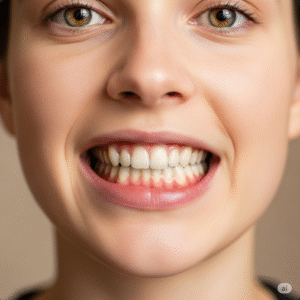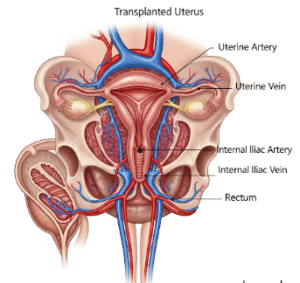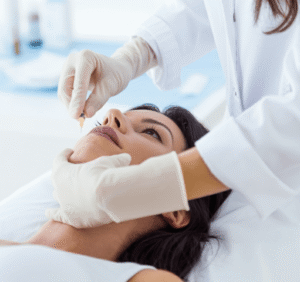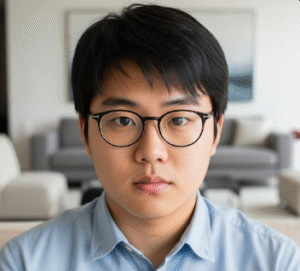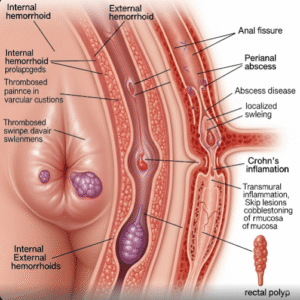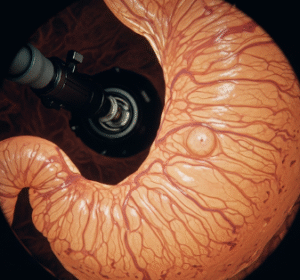🟢 What it is
Telogen Effluvium (TE) is a temporary, non-scarring hair loss condition where a large number of hairs prematurely enter the telogen (shedding) phase of the hair cycle. This leads to diffuse thinning across the scalp, often noticed as increased shedding during brushing or washing.
Unlike androgenetic alopecia (pattern hair loss), TE does not involve follicle miniaturization. Instead, it is triggered by stressors that shock the hair cycle, such as:
- Childbirth (postpartum shedding)
- Illness, fever, or surgery
- Major psychological stress
- Nutritional deficiencies (iron, zinc, vitamin D, protein)
- Hormonal shifts (thyroid, menopause)
- Medications (antidepressants, anticoagulants, etc.)
In Korea, TE support programs focus on identifying the cause, correcting imbalances, and boosting scalp recovery so that follicles return to normal growth quickly.
🟢 Why it’s Treated in Korea
Most cases of TE resolve naturally within 3–6 months, but Korean dermatology clinics provide supportive treatments to:
➡️ Reduce the severity of shedding
➡️ Accelerate regrowth
➡️ Improve scalp health and circulation
➡️ Prevent transition into chronic TE or unmasking of female pattern hair loss (FPHL)
➡️ Restore patient confidence during the shedding phase
🟢 Alternatives and Supportive Therapies in Korea
🔹 Medical & Nutritional Support
- Blood tests: Check for iron, ferritin, vitamin D, thyroid hormones, and B12.
- Supplements: Iron, zinc, vitamin D, biotin, amino acids.
- Lifestyle adjustments: Stress reduction, better sleep, balanced diet.
- Topical Minoxidil (2–5%): Sometimes used to stimulate faster regrowth.
🔹 Regenerative Therapies
- Scalp Mesotherapy: Nutrients, peptides, and HA to nourish follicles.
- PRP (Platelet-Rich Plasma): Growth factors stimulate follicle recovery.
- Exosome Scalp Therapy: Advanced regenerative messengers for stronger regrowth.
- Polynucleotide (PN) Boosters: Salmon DNA injections to repair and restore circulation.
- Dr. CYJ Hair Filler: HA + peptides for scalp strengthening.
🔹 Device-Based Therapies
- Low-Level Laser Therapy (LLLT): Red light domes/caps improve microcirculation.
- Microneedling: Enhances absorption of serums or PRP, reactivates follicles.
🔹 Supportive Scalp Care
- Scalp scaling & detox: Removes buildup and balances scalp oil levels.
- Soothing treatments: Oxygen therapy, herbal rinses, or hydrating serums.
- K-beauty home care: Specialized anti-hair loss shampoos and tonics.
🟢 Preparation
Before starting a Korean TE support program:
➡️ Consultation & scalp analysis with dermatoscope to assess shedding pattern.
➡️ Blood tests: To rule out anemia, thyroid disease, or vitamin deficiencies.
➡️ Medical history: Pregnancy, recent illness, stress levels, medications.
➡️ Differentiation: Ensure it is TE and not early pattern baldness.
➡️ Expectation setting: Recovery takes months, not weeks, but TE is reversible.
🟢 How it’s Done (Typical Program in Korea)
- Initial evaluation – Scalp analysis + lab work.
- Nutritional correction – Supplements and diet adjustments.
- In-clinic treatments (biweekly or monthly):
- Mesotherapy or PRP injections.
- LLLT dome sessions.
- Exosome or PN boosters in resistant cases.
- Scalp care sessions (monthly): Detox, massage, soothing therapy.
- At-home program: Prescribed shampoos, tonics, and stress/lifestyle recommendations.
- Follow-ups: Every 2–3 months to track regrowth and adjust plan.
🟢 Recovery
Recovery is gradual but reassuring:
🔹 1–2 months: Shedding slows with supportive care.
🔹 3–4 months: Baby hairs (vellus regrowth) become visible.
🔹 6 months: Noticeable improvement in density and thickness.
🔹 9–12 months: Full recovery in most cases, unless another underlying condition persists.
✅ Post-care in Korea includes:
- Avoiding harsh chemical treatments (bleach, perm, dyes).
- Gentle scalp massage for circulation.
- Consistent supplementation and stress management.
- Maintenance with occasional clinic treatments if shedding risk recurs.
🟢 Complications
While TE itself is not dangerous, certain risks exist if unmanaged:
⚠️ Chronic TE: Shedding lasting >6 months, often linked to unresolved triggers.
⚠️ Unmasking of FPHL: TE may reveal genetic pattern thinning in predisposed women.
⚠️ Emotional stress: Prolonged shedding can affect mental health.
➡️ Korean clinics manage this with precise diagnostics, early intervention, and holistic care.
🟢 Treatment Options in Korea
Korean dermatology clinics design TE support programs around severity:
- Mild TE: Nutritional supplements + scalp scaling + lifestyle adjustments.
- Moderate TE: Mesotherapy or PRP + LLLT + home scalp care.
- Severe or prolonged TE: Exosome therapy + PN boosters + possible minoxidil program.
- Postpartum TE: Gentle scalp therapy + PRP/mesotherapy + nutritional optimization.
🟢 Final Thoughts
Telogen Effluvium support in Korea is centered on identifying triggers, accelerating recovery, and maintaining scalp health.
➡️ Best for patients with sudden, diffuse shedding after stress, illness, or childbirth.
➡️ Results are temporary but reversible with the right care.
➡️ With Korea’s integration of nutritional, regenerative, and scalp-care therapies, TE can be managed effectively, helping patients regain density and confidence faster.
In summary: Korean TE support programs are a safe, science-based, and holistic approach to reducing shedding, stimulating regrowth, and ensuring long-term scalp vitality.



